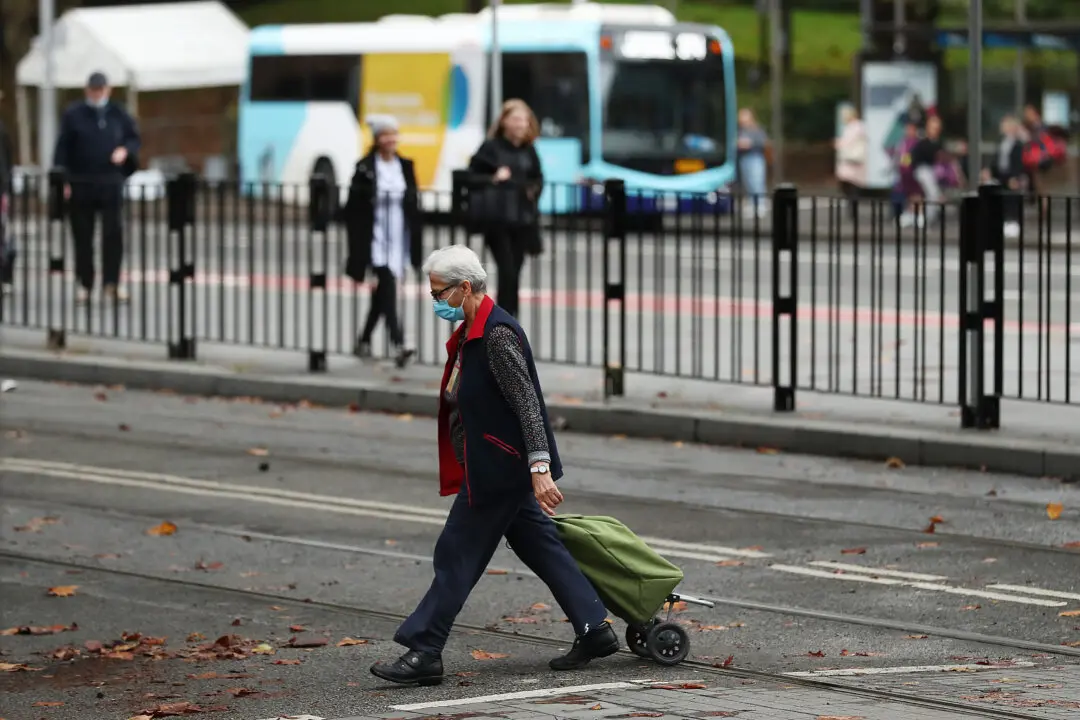A not-for-profit aged care provider has said the mandatory requirement of having registered nurses on duty 24/7 reduced its capacity by 10 percent.
At a recent Senate inquiry hearing, Trevor Johnson, the CEO of the Eyre Peninsula Old Folks Home, warned that rushed government regulations often adversely impact service providers.





